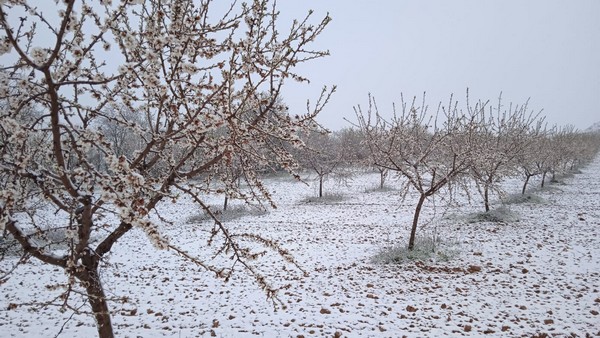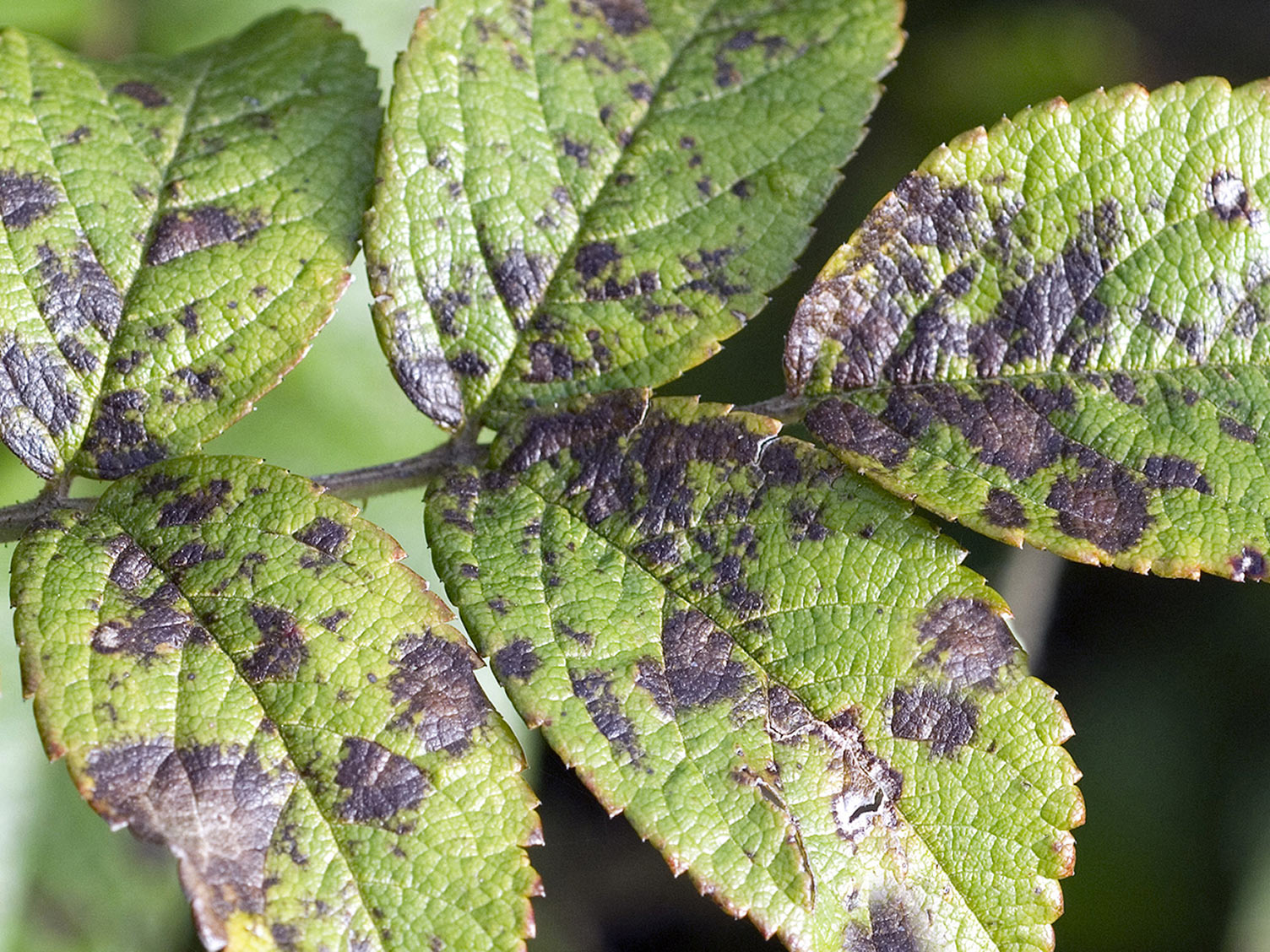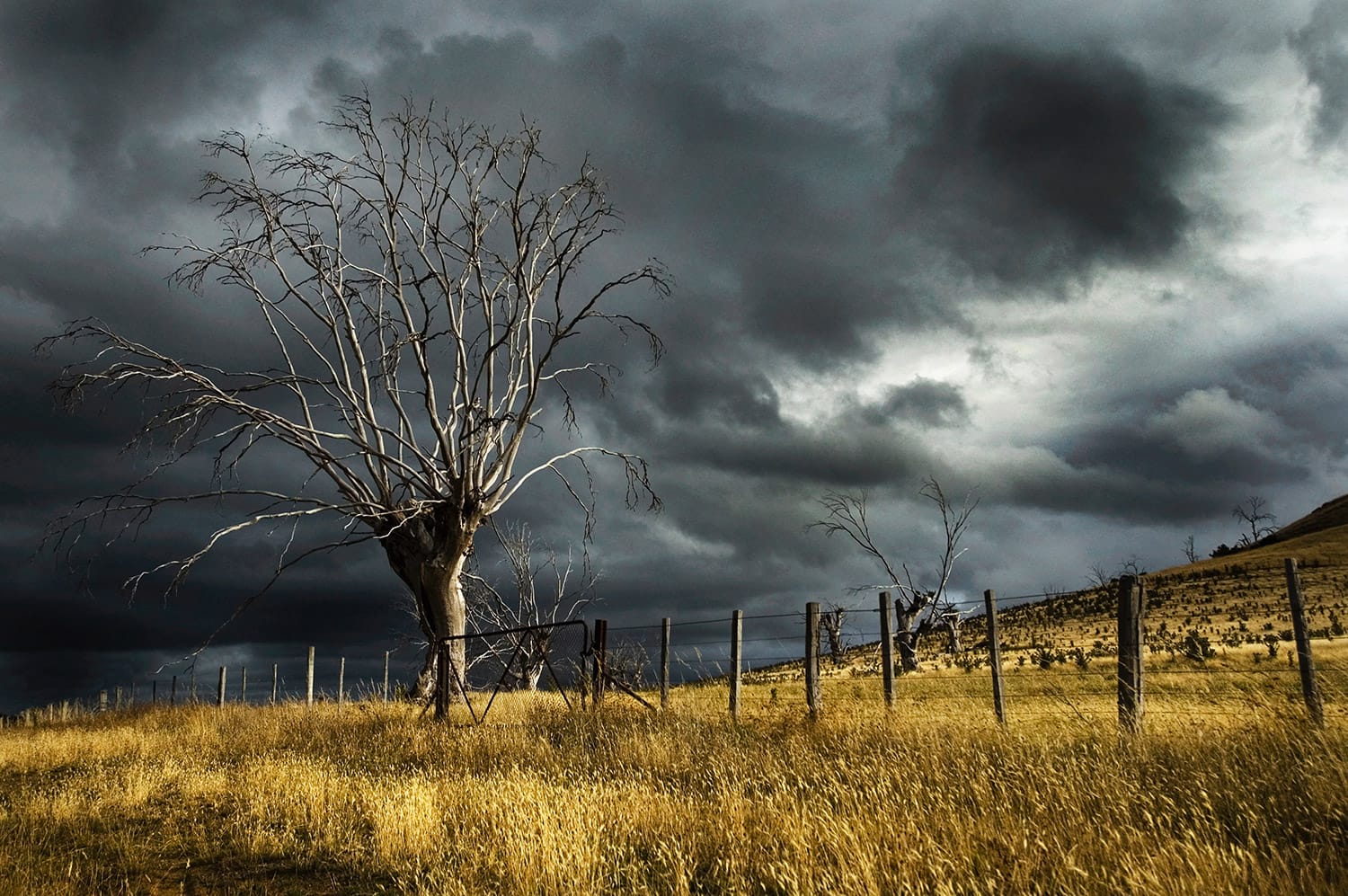In late November, USDA's Risk Management Agency revealed good news: Farmers in much of the Corn Belt will see rates used to calculate 2012 crop insurance premiums fall by 10% or more for corn. Rates are falling for soybeans, too.
Nationally, farmers will see rates fall by 7% for corn and 9% for soybeans, RMA's administrator, William J. Murphy, says.

It's part of an effort by USDA to make rates fairer. And, as the map above shows, not everyone is a winner. Rates go up by 10% or more in large swaths of Texas, Colorado, and the Dakotas.
This is just one of the big changes in crop insurance this year. The other is a pilot program in much of the Midwest that allows growers with at least one year of yield records out of four to choose a trend-adjusted APH yield endorsement.
In essence, USDA is allowing you to bump up the yields in your actual production history as if your crops had today's technology seven years ago, for example, as shown in the table on the next page.
RMA catches up
RMA is finally taking into consideration new genetics and practices and seed varieties, says Doug Burns, vice president for crop insurance for Farm Credit Services of America. “It's an election, and you have to make that change by March 15. Once you make that choice, it's continuous.”
In contrast to the rate changes, the trend adjustment is available (at no cost) in fewer states. Like the rate changes, adjustments in yield trend are by county (with no connection to rate changes). The corn trend adjustment election is offered in a few counties in Colorado, Kansas, and Kentucky, and in the Corn Belt from Ohio to Nebraska and Missouri and north of those states. A 2-bushel-per-acre change or more is typical of northern Illinois, most of Iowa and Nebraska, and corn-growing regions in Minnesota and the Dakotas. The soybean adjustment tops out at .6 bushels, in a similar region.
Trend adjustment effectively lowers your cost of the same coverage as before. If you decide to use its higher APH to increase your coverage, Burns' staff calculates that premiums may rise by about $10 an acre on some productive farms in Iowa, where he is based.
He thinks most farmers and agents will decide that a higher insurable value from trend adjustment will make it worth paying more if they raise coverage. It will be at less cost. Trend adjustment often will be similar to a 10% increase in coverage.
“It's a reasonable cost for that additional coverage,” Burns says. “Instead of saying, ‘I'm going to increase my coverage by 10%,’ it's cheaper to use the trend-adjusted yield.”
Bruce Sherrick, an agricultural economist at the University of Illinois, points out that both the rate and federal subsidy for your premium stay the same when you adjust the yield. If you buy a high level of coverage instead, the subsidy drops, contributing to a higher premium.
“Anyone with data that provides a reasonable yield history will find it's to his or her advantage to take the trend adjustment,” Sherrick says.
Outside of the Corn Belt, where an adjustment may be smaller, it may not be a good value, says Kansas State University ag economist Art Barnaby.

In one Kansas county, the increase in yields for soybeans is only .18 bushels an acre. In one scenario, that only increased the 10-year APH from 26 to 27 bushels an acre, Barnaby says.
In some cases, a trend bump raising coverage by about $10 an acre costs $3 an acre more, partly from insuring higher yields. “It means you need to lose [the value of] that extra coverage every three years or it pays you not to choose trend adjustment,” he says. He agrees that in Corn Belt counties with higher trend adjustments, the election makes sense.
Burns says the election must be taken on all of your insured units in a county. It's available by crop. You could take it on corn but not soybeans, for example.
University of Illinois has premium calculators on its website that you can use to weigh the costs and benefits of trend adjustments (see Learn More).
Not an election year gift
You might think these changes are an election-year gift to improve the Obama administration's standing among farmers. Instead, they're the result of the Illinois Corn Board proposing a trend adjustment in 2010. And the rate changes stem from the National Corn Growers Association and the Illinois Corn Growers urging RMA to bring the loss ratio for corn and beans in line with the federally mandated ratio of 1. The ratio is total insurance payments divided by total premiums. Between 1995 and 2010, the loss ratio for corn is .59, which means premiums are almost twice as high relative to payments. The wheat ratio of .97 is more in balance, and cotton growers are getting a little more out of the program than paid in, with a ratio of 1.05.
This year's change is just a third of the rate balancing that RMA plans as a result of independent studies. The rate (a percentage of the dollar coverage of your crop) is only part of the formula that determines the premium you'll actually pay this year. New crop futures prices this month and volatility also influence the premium for revenue protection coverage.
“If we end up with $4 corn, premiums will be a lot cheaper,” says Sherrick. “If prices end up at $7, it will be a lot more expensive.”
Consider hail and wind
Sherrick, Farm Credit's Burns, and others are also urging farmers to consider private add-on coverage.
Hail insurance, for example, also includes coverage of fires in your fields, Burns says. RMA's multiperil coverage only pays out for natural causes of fire such as lightning. “If you have a combine fire, you essentially have to have a hail policy,” he says.
Like hail, wind damage is often too narrow and sporadic to trigger multiperil coverage. You can buy separate private wind coverage, apart from hail.
Like hail, wind damage is often too narrow and sporadic to trigger multiperil coverage. You can buy separate private wind coverage, apart from hail.
Learn more
University of Illinois Farmdoc
farmdoc.illinois.edu/cropins/index.asp


















